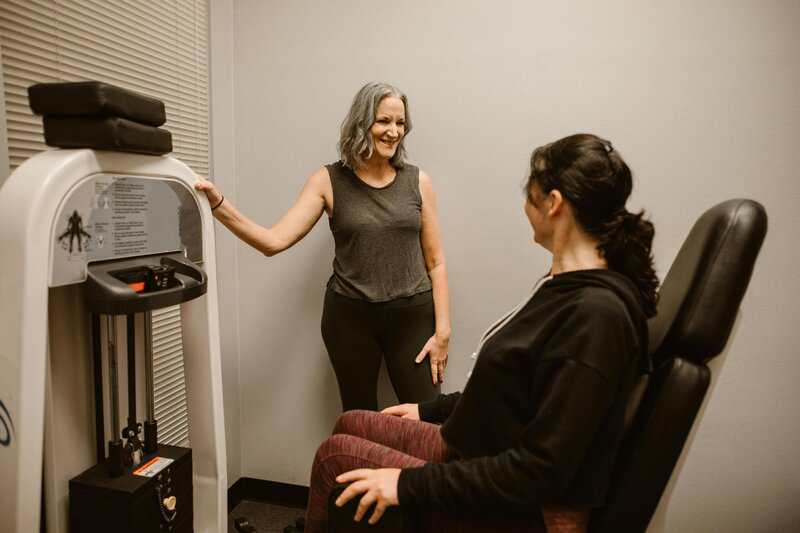At age 55, a veteran personal trainer stunned his peers by shedding 50 pounds—without trendy diets or marathon workouts. Instead, his transformation was powered by four straightforward, sustainable rules that anyone can follow. His journey proves that lasting weight loss doesn’t require extreme measures or complicated plans. By focusing on simple, evidence-backed habits, he achieved remarkable results that defy the myth that change gets harder with age. Now, his story offers hope—and a blueprint—for anyone seeking real results.












